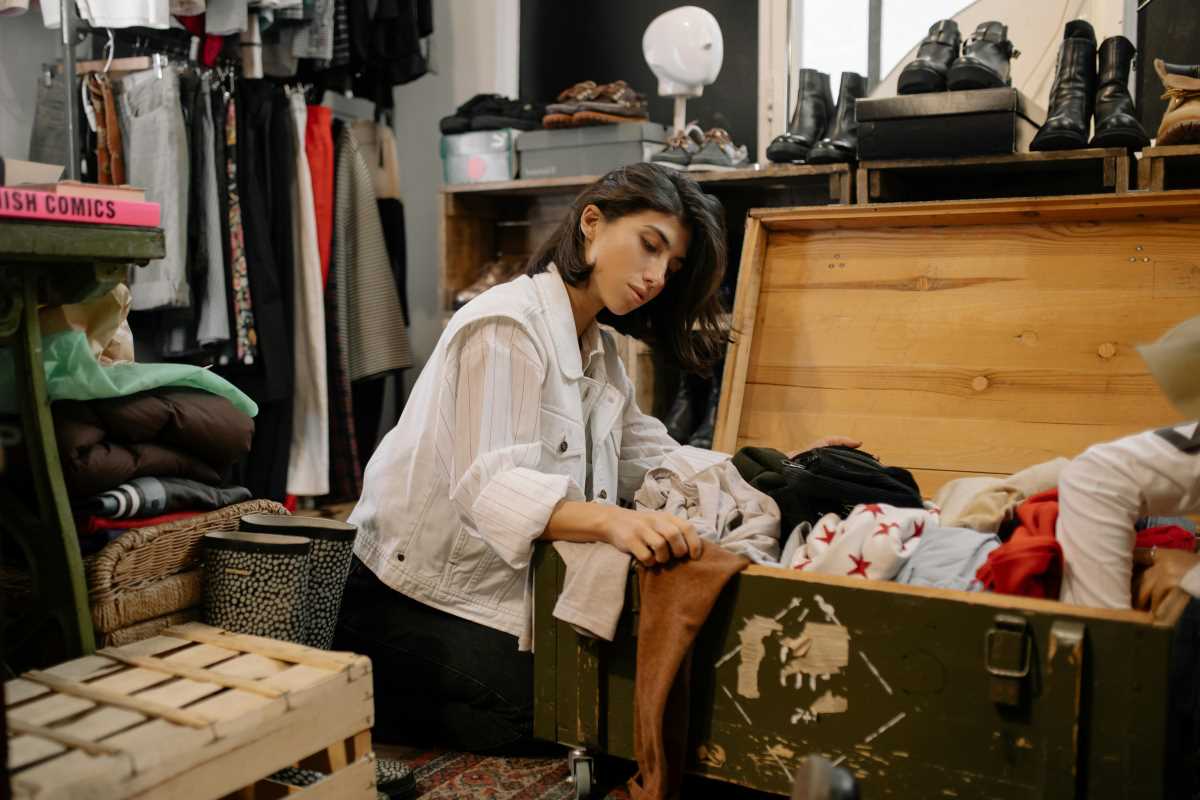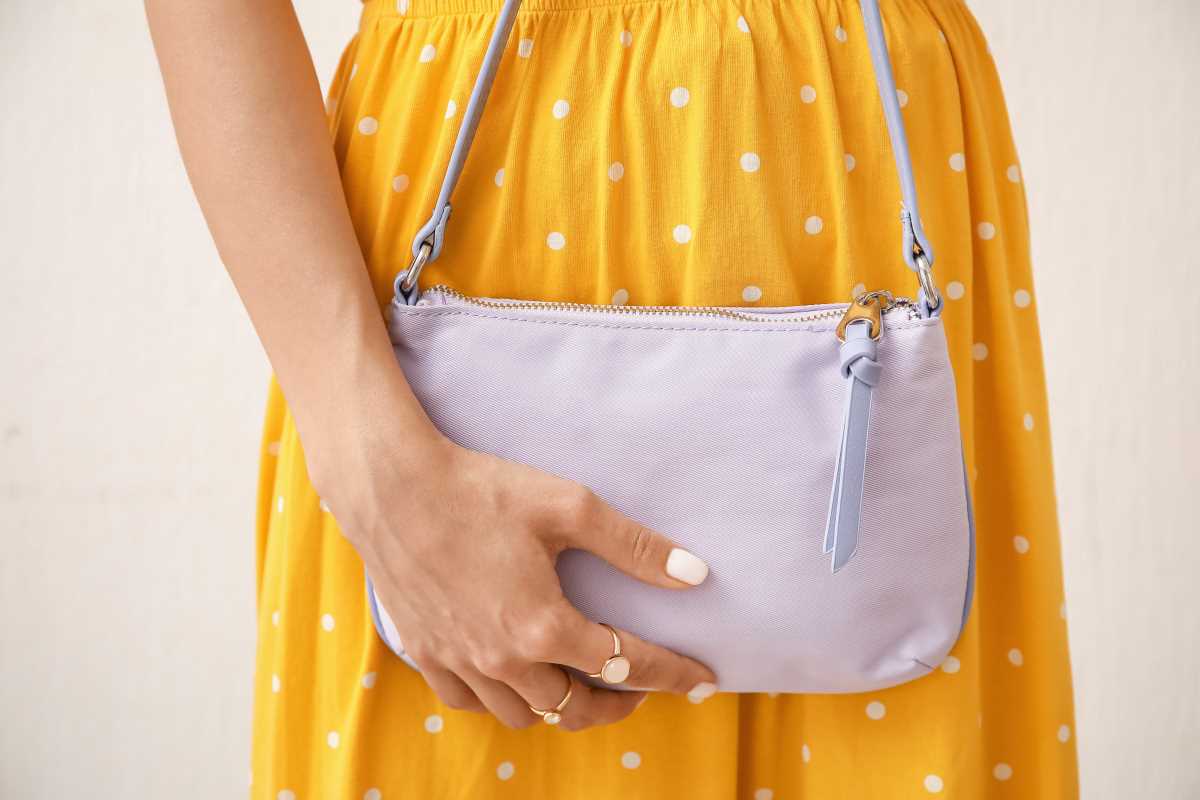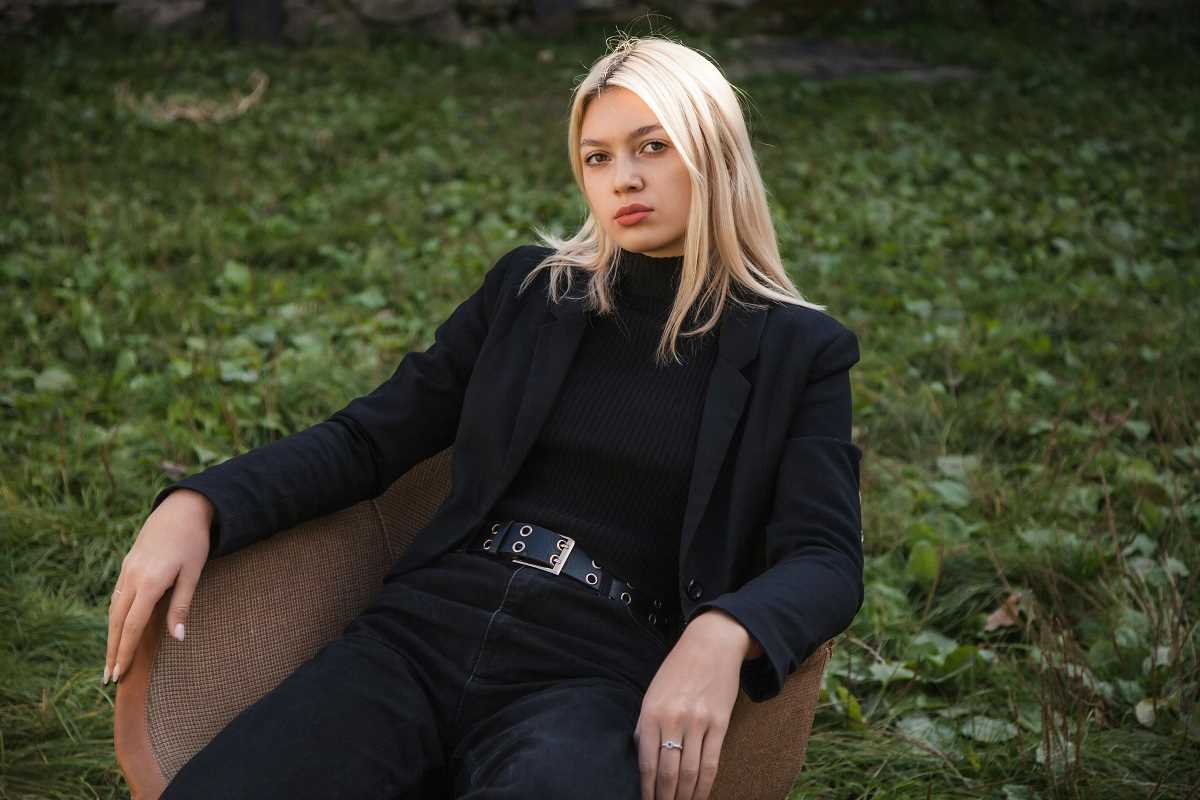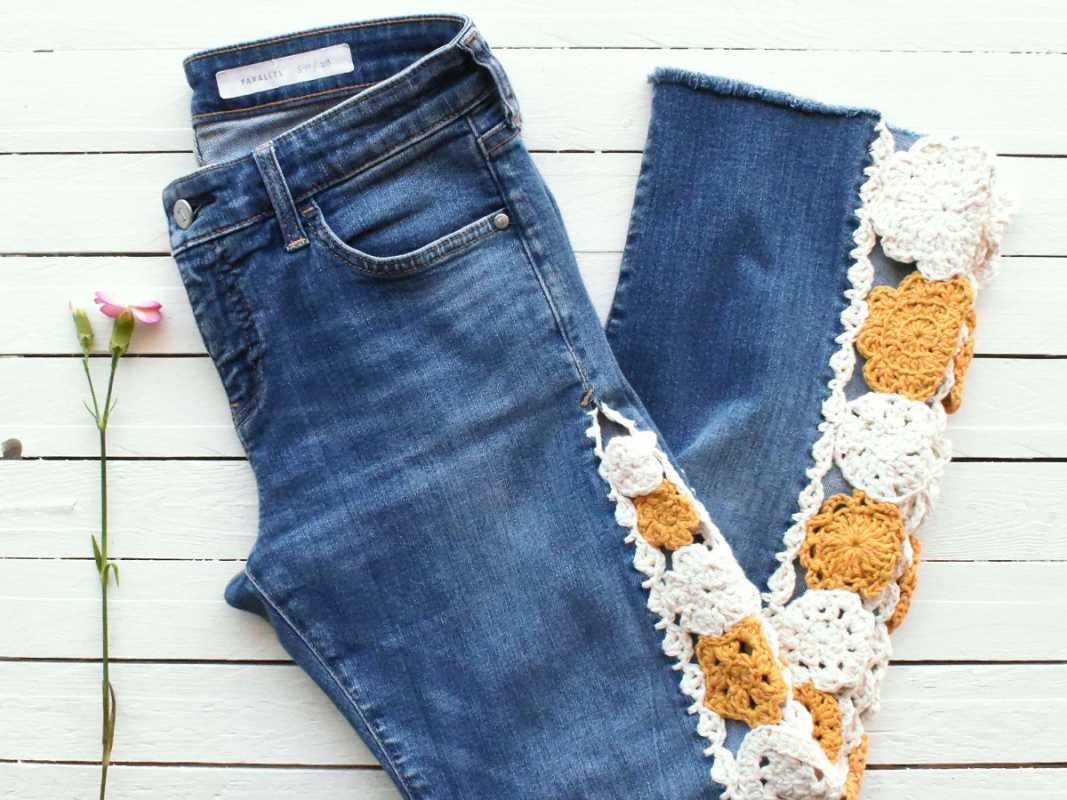Imagine owning a set of clothing that can transform into multiple outfits, each looking fresh and unique. That’s the idea behind modular fashion—a smart, sustainable, and innovative approach to dressing that’s reshaping the way people shop and think about their wardrobes. Designed with pieces that can be mixed, matched, and adapted in different ways, modular fashion is proving to be a game-changer. It’s not just a trend; it’s a revolutionary way of approaching style with versatility, personalization, and sustainability in mind.
What is Modular Fashion?
Modular fashion revolves around clothing or accessories that can be modified or configured to serve more than one purpose. These items often feature interchangeable parts, reversible designs, or adjustable components, allowing you to create multiple looks using fewer pieces.
For example, imagine a coat with detachable sleeves that doubles as a vest or pants with zippers that can transform into shorts. Modular fashion pieces are designed for practical living, encouraging consumers to buy quality items that give them more bang for their buck. It’s a sharp contrast to the fast fashion model, which promotes disposable clothing and impulsive buying.
The Benefits of Modular Fashion
1. Sustainability
One of the most compelling reasons modular fashion is gaining popularity is its environmental benefits. The fashion industry generates massive amounts of waste every year, driven by the fast fashion cycle of cheap, low-quality clothing. Modular pieces, however, reduce the need for excessive consumption. By offering versatile clothing options that serve multiple purposes, they encourage people to buy fewer items while still having plenty of style choices.
For example, brands like Eileen Fisher emphasize sustainability by creating garments that can be styled in different ways or layered across seasons. Their pieces are timeless, which means they stay relevant in wardrobes for years, reducing waste and the need for constant shopping.
2. Versatility
Modular clothing adapts to your lifestyle. It’s perfect for travel because a single modular dress can transform into a skirt, top, or tunic, saving suitcase space. It also allows people to transition seamlessly between different occasions. With the right tweaks, an outfit that works for the office in the morning can be adjusted for a casual evening look.
Take Ministry of Supply, for instance, which offers versatile, high-performance apparel. Their “Mercury Intelligent Heated Jacket” is a standout example, featuring removable layers and adjustable temperature technology. This approach to modularity goes beyond appearance, ensuring functionality suits varying conditions and needs.
3. Personalization
Not all of us want to wear the same outfit or style as everyone else. Modular fashion celebrates individual preferences by offering customizable options. Think interchangeable collars, detachable pockets, or adjustable strap designs. These features allow wearers to change up their look, adding an element of creativity and uniqueness to their wardrobe.
Uniqlo is a great example of a brand integrating aspects of modular fashion into its lines. Its popular HEATTECH and AIRism collections allow customers to layer items that are lightweight, breathable, and adaptable across seasons. The brand’s commitment to functional design showcases how modularity can simplify and enhance everyday dressing.
4. Cost Effectiveness
While modular clothing is often priced higher upfront, its long-term cost efficiency is undeniable. Instead of purchasing separate items for different occasions, one modular piece can replace several. Over time, this approach saves consumers money and closet space.
How Modular Fashion is Changing Shopping Habits
The days of impulse buying are being replaced by a more considered approach to shopping. Modern consumers are prioritizing longevity and versatility over trend-driven collections. Modular fashion encourages this mindset by urging buyers to think about the quality and multiple uses of an item before making a purchase.
For example, a classic design from Eileen Fisher’s System collection might seem pricey at first glance, but each piece is crafted to be mixed and matched seamlessly with others. Lifespan and adaptability outweigh any temporary appeal of cheaper, trend-based items.
The Rise of Capsule Wardrobes
Capsule wardrobes—a compact collection of essential clothing items—are becoming increasingly popular. Modular fashion complements this movement perfectly as it enables fashion enthusiasts to maximize outfit combinations using a small wardrobe.
Brands like The R Collective, a sustainable fashion label, are championing versatile garments that embody this philosophy. Their focus on upcycled materials and multifunctional designs align with the principles of modular fashion.
Growth of Customization in Retail
Modular fashion taps into people’s desire for creative control. Many modern brands now offer tools for customization, allowing customers to select modules, colors, and designs that reflect their personal style. By providing shoppers with more choice and control, these brands create a shopping experience that feels less like a transaction and more like a collaboration.
Eco-Conscious Consumers Changing the Market
The pressure for brands to become more sustainable has never been greater, thanks to eco-conscious consumers demanding transparency and better options. Modular fashion addresses these concerns by minimizing waste and emphasizing utility. Because modular items are designed to last and adapt, they’ve become increasingly appealing to those seeking a more sustainable way to shop.
Leading Brands in Modular Fashion
- Uniqlo - Known for its innovative basics, Uniqlo incorporates modularity into its designs by focusing on layering essentials. The brand’s functional philosophy ensures that its clothing can be mixed, matched, and adapted across all seasons, weather conditions, and lifestyles.
- Ministry of Supply - This brand specializes in performance-driven modular pieces. From temperature-regulating jackets to wrinkle-resistant shirts, Ministry of Supply creates practical solutions that fit seamlessly into the lives of professionals and adventurers alike.
- Eileen Fisher - Eileen Fisher is a leader in sustainable and timeless fashion. The brand’s approach to modularity lies in its ability to craft classic garments that can be styled repeatedly in fresh ways. Its focus on minimalist aesthetics ensures clothing remains relevant regardless of passing trends.
- TOMO Clothing - For those seeking modular luxury, TOMO Clothing offers chic, convertible pieces that adapt to multiple looks. Their designs include dresses with removable layers and adjustable skirts, making them a standout in the luxury market.
- Vollebak - Pushing the boundaries of technology and fashion, Vollebak creates modular clothing designed for extreme conditions. Their 100-Year Pants, for example, boast durability and versatility, making them ideal for explorers, hikers, and travelers.
The future of modular fashion looks bright as more consumers demand sustainable and adaptable options. Technology is set to play a significant role, with advancements like 3D knitting and smart textiles elevating personalization and functionality even further. Imagine clothing that can change its color, length, or texture with a tap on your smartphone.
Whether it’s a pair of transformable shoes or a jacket with endless configurations, modular fashion reminds us that a little creativity and innovation can go a long way.
 (Image via
(Image via


.jpg)


